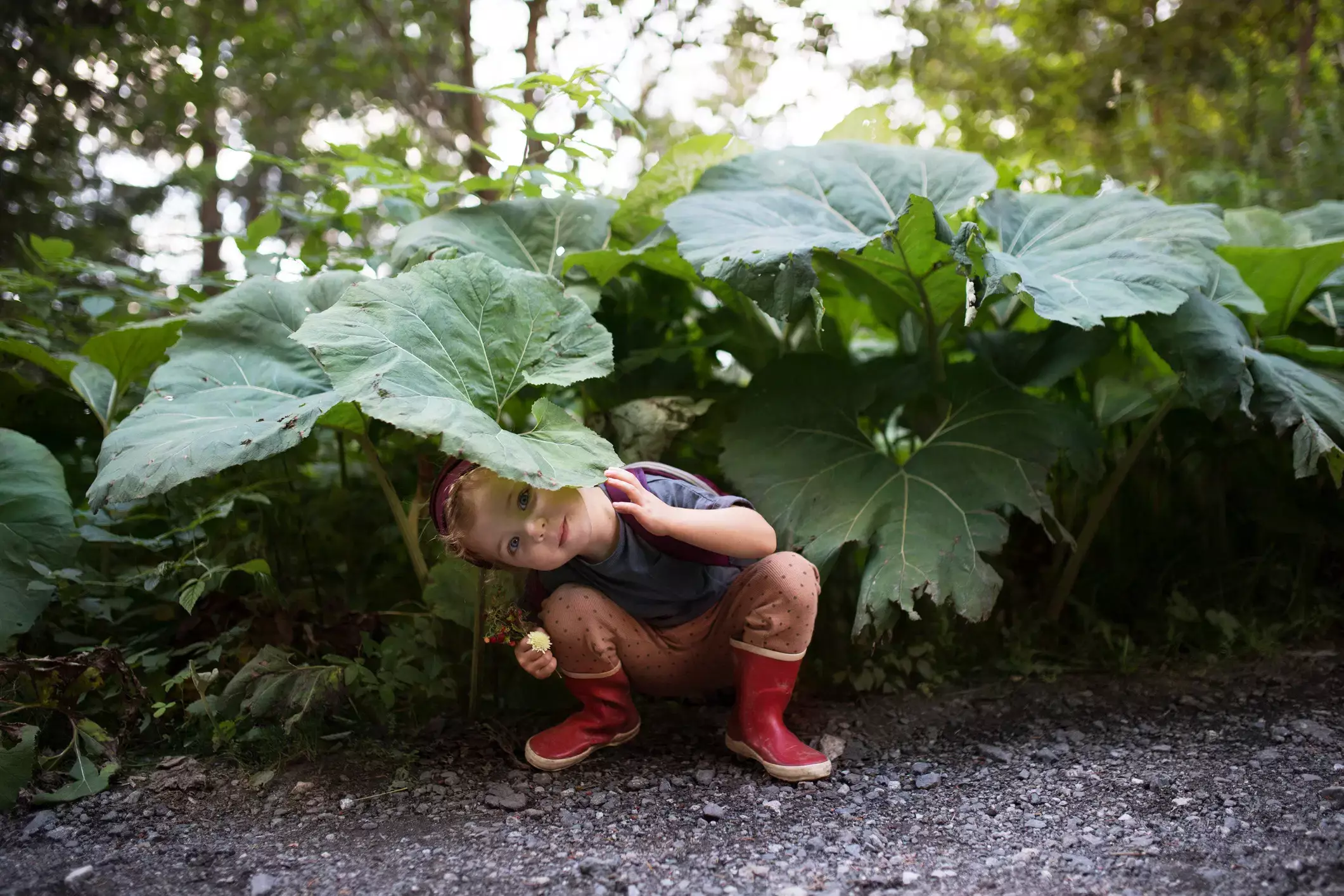Did you know the sheer enormity of the microscopic world existing within the human body? It’s astonishing to learn that the number of bacterial cells is approximately equal to that of human cells. The implications of this collective biological landscape stretch far beyond mere statistics, forcing us to reshape our understanding of health, nutrition, and even parenting. As a mother and entrepreneur dedicated to educating families about their microbiome, I believe we stand on the brink of a paradigm shift that can empower every parent, particularly in our data-rich age.
Our microbiome, the rich community of microorganisms living on and within us, consists predominantly of beneficial bacteria that play crucial roles in our physical and mental well-being. When we understand this vital aspect of human biology, we can make informed decisions that support both our health and the health of our children.
The formation of a child’s microbiome begins at birth—the first microbial exposure usually comes from the birthing parent. The environment during and after birth, such as mode of delivery, contact with caregivers, and early nutrition, lays the foundational framework for a child’s unique microbial identity. Factors like vaginal delivery versus C-section, the role of breastfeeding, and exposure to antibiotics can significantly alter this early ecosystem.
During the early years, specifically from ages three to five, the microbiome begins stabilizing into what scientists refer to as a “steady state microbiome.” However, it’s essential to recognize that this composition continues to evolve throughout a child’s life, shaped by their diet, lifestyle choices, and even their surroundings. Each interaction, whether it’s an encounter with a stranger’s pet or dining out at a restaurant, has the potential to introduce new microbes, and potentially new health benefits.
One of the most effective ways to nurture the multitude of microbes that inhabit our bodies is through conscious dietary choices. Research indicates clear and actionable guidelines on fostering a healthy microbiome in children. A diet rich in fiber, diverse plant sources, and healthy fats is crucial. For instance, incorporating foods like leafy greens, nuts, berries, and fatty fish can enhance the diversity of microbial species thriving in their guts, leading to improved digestion and immunity.
Conversely, excessively sugary and processed foods can disrupt microbial diversity, impair digestion, and potentially weaken the immune system. As parents, we must be mindful of how dietary habits shape the microbiome, and in turn, our children’s health.
Beyond nutritional choices, our children’s environments significantly influence their microbiomes. Encouraging outdoor play is one of the simplest ways to promote microbial diversity. Nature is teeming with a variety of microbes that can positively impact our health. Studies have even suggested that children in biodiverse outdoor settings tend to exhibit better gut and skin microbiomes, contributing to a robust immune system.
Letting children explore the outdoors, get a little dirty, and interact with natural elements is not just beneficial but essential. Encounters with soil and untamed ecosystems can enhance their protective microbiota, which can have long-term health benefits.
There are numerous other everyday practices we can adopt to support a thriving microbiome. One of them is prioritizing oral hygiene. The mouth houses one of the body’s most diverse microbiomes, teeming with over 700 types of bacteria, and regular brushing is crucial for maintaining balance. A healthy oral microbiome doesn’t just prevent cavities and bad breath; it acts as a guardian for overall health, positively impacting other bodily systems.
Furthermore, incorporating pets into the family can also serve beneficial roles in a child’s microbial education. While pets introduce a unique microbe set, they can help teach children’s immune systems to distinguish between healthy and harmful microorganisms.
Understanding the significance of the microbiome is not just about improving the present; it’s about equipping our children with knowledge for their future. With the advancement of microbiome science, the next generation can grow up with a new understanding of health that emphasizes balance rather than fear.
In writing “A Kids Book About Your Microbiome,” my intent was to create a bridge between complex scientific concepts and the curiosity of children, providing a toolkit for adults to explain these ideas to their children. By fostering a foundation of knowledge, we empower both parents and kids to ask the right questions and make informed, healthy choices.
As we navigate the intricate world of microbes, we realize the influence of our microscopic companions extends far beyond health: it’s about fostering resilience, curiosity, and empowerment within our families. Understanding our place within this microbial tapestry transforms us not just into caregivers but into “superorganisms” in our own right, equipped to tackle life’s challenges with newfound strength.

